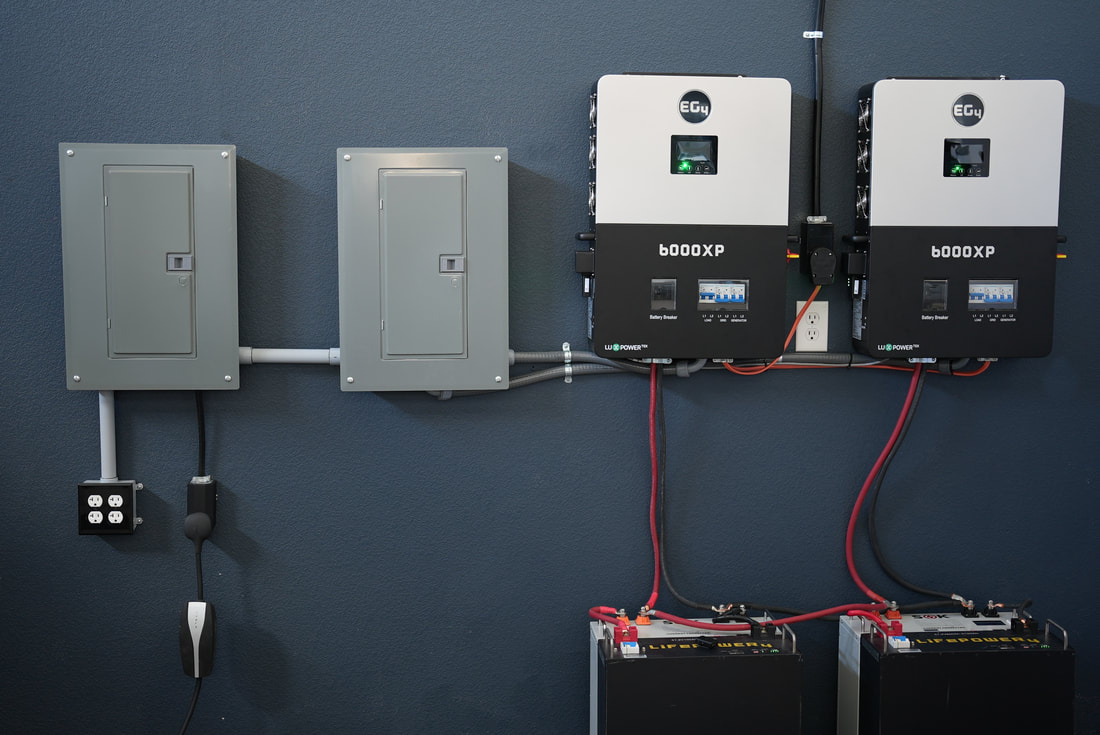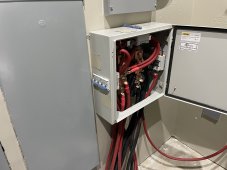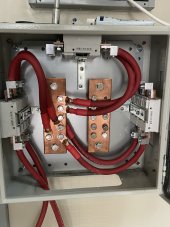BondJmsBond
New Member
I bought 4 - (will be 6 shortly) - EG4LL (v2) 48v batteries w/rack and a 6500EX-48 inverter.
In future there will be 2 inverters for 240, but for now just a 1 inverter system is the plan.
It's off-grid house backup for outages for now and will add solar.
Signature solar just told me "For the EG4 6500W inverter, we recommend 1awg battery to inverter cables"
- I look at will's blueprint and he has 4/0 and 2/0 battery to inverter cables.

Will's is a 240v 2-inverter system, with 2 sets of batteries apparently connected, so that may be the difference, and 1 or 2 awg is sufficient for me; but I don't know.
I'm reluctant to oversize now for a future 2nd inverter/more batteries as that seems the wrong thing to do, and of course don't want to undersize either.
Please advise. thank you for your help
In future there will be 2 inverters for 240, but for now just a 1 inverter system is the plan.
It's off-grid house backup for outages for now and will add solar.
Signature solar just told me "For the EG4 6500W inverter, we recommend 1awg battery to inverter cables"
- I look at will's blueprint and he has 4/0 and 2/0 battery to inverter cables.

48V Offgrid Solar Power System
If you wish to build the ultimate offgrid solar power system, look no further: All-in-one units make setup a breeze. Each unit has it's own Inverter, MPPT, Transfer Switch and Battery Charger. Budget...
www.mobile-solarpower.com
Will's is a 240v 2-inverter system, with 2 sets of batteries apparently connected, so that may be the difference, and 1 or 2 awg is sufficient for me; but I don't know.
I'm reluctant to oversize now for a future 2nd inverter/more batteries as that seems the wrong thing to do, and of course don't want to undersize either.
Please advise. thank you for your help






